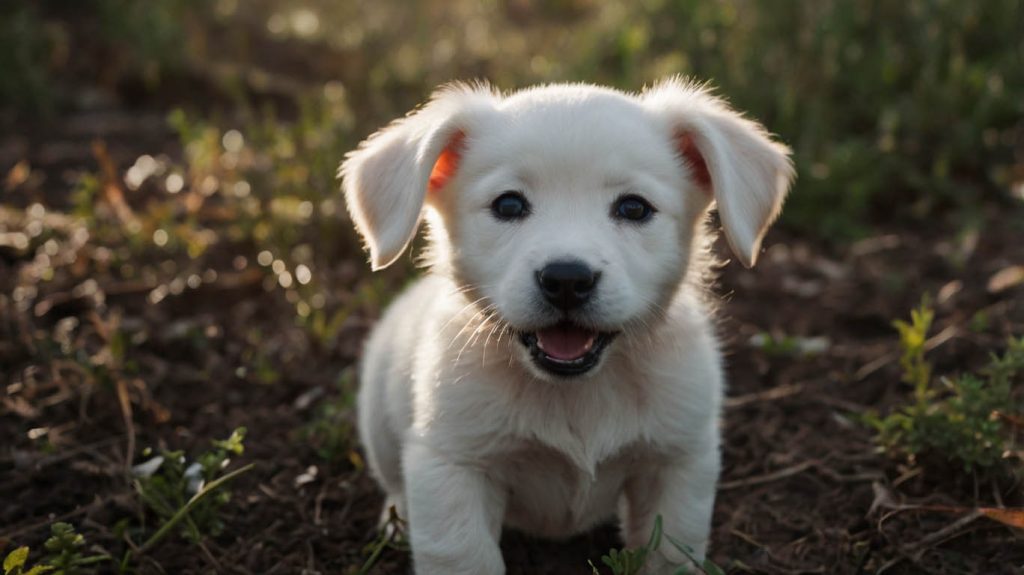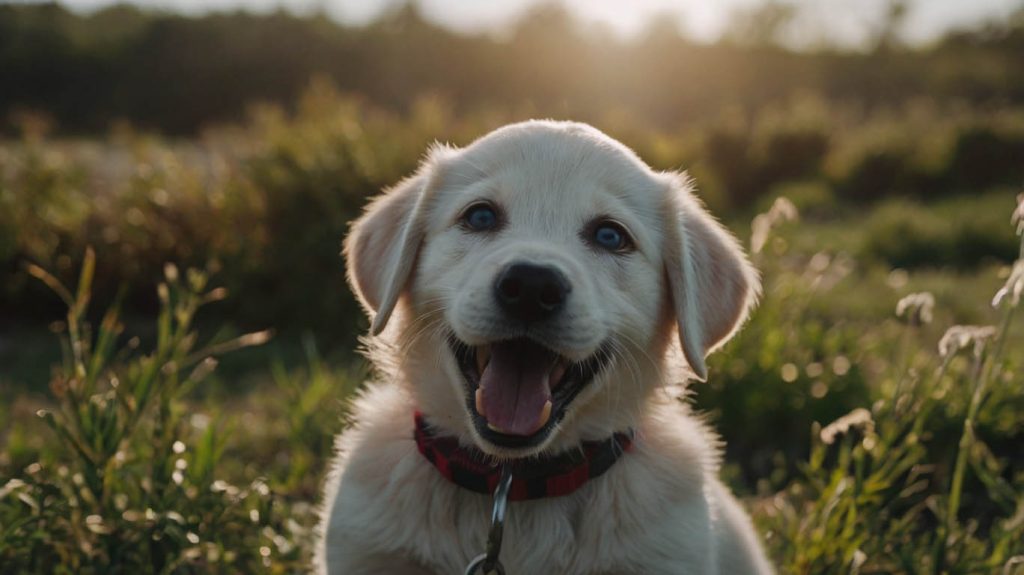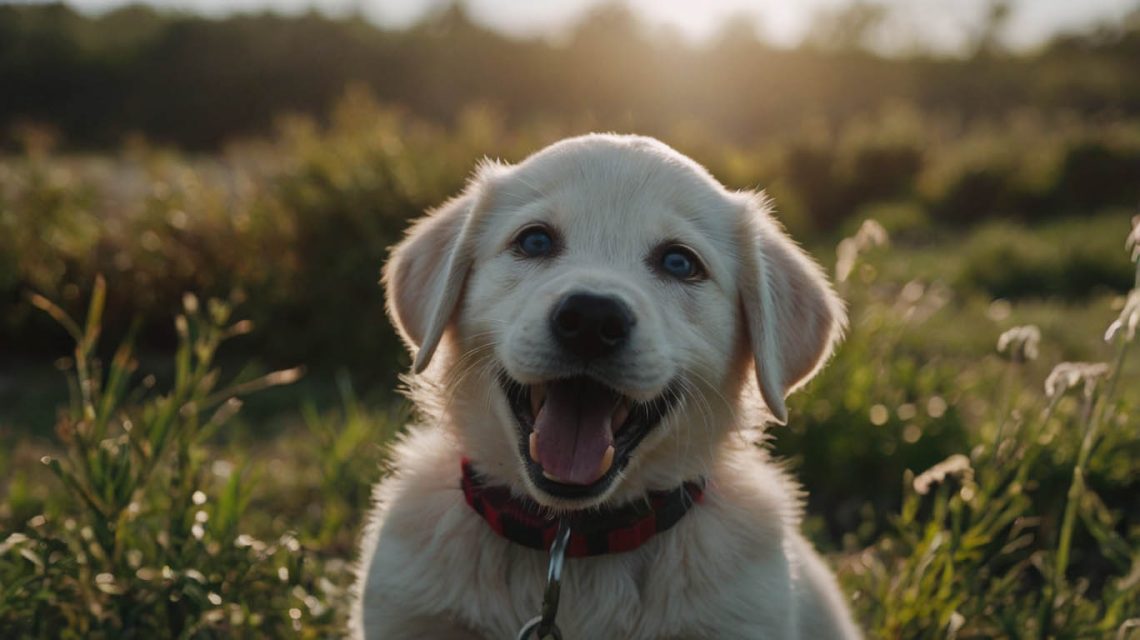How to Handle a Hyper Puppy: Your Complete Survival Guide to Finding Calm
You envisioned peaceful puppy snuggles and joyful games in the yard. The reality, however, is a tiny, furry hurricane with needle-sharp teeth that uses your furniture as a personal parkour course. If you are desperately trying to figure out how to handle a hyper puppy, please know that you are in good company, and more importantly, there is a solution. That nonstop energy is a normal, albeit chaotic, part of puppy development. Learning to manage it effectively is the first chapter in the story of raising a well-balanced, calm adult dog.
This guide will serve as your complete roadmap from chaos to composure. First, we will decode the surprising reasons behind your puppy’s frantic behavior. Then, we will build a proactive plan with proven, expert-backed strategies that address their core needs. Consequently, you will learn to confidently steer your puppy toward stillness and strengthen your bond in the process.
The “Why”: Decoding the Reason You Need to Handle a Hyper Puppy
Before you can implement solutions, you must understand the “why.” A hyper puppy isn’t being naughty; they are being a puppy. Learning how to handle a hyper puppy starts with understanding their unique developmental stage.
- The Overtired Toddler Effect: This is the most critical and often misunderstood reason for hyperactivity. Just like a human toddler who skips a nap, an overtired puppy becomes a frantic, nippy, uncontrollable mess. In most cases, that wild behavior is actually a desperate signal that they are exhausted and need to sleep.
- An Immature Brain: A puppy’s brain is still developing. Their ability to self-regulate—to use their “brakes” when they get excited—is not fully formed. They live on a hair-trigger of excitement and don’t yet have the skills for impulse control. You must help them build these skills.
- A World of Discovery: Everything is new, exciting, and meant to be explored with their mouth. This natural curiosity and exploration can easily tip over into what looks like frantic, hyperactive behavior.

The Blueprint: A Proactive Plan to Handle a Hyper Puppy
A calm puppy is a puppy whose needs are being met. Instead of just reacting to the “zoomies,” you can use the following blueprint to proactively create a calm environment and teach your puppy how to self-soothe.
The #1 Secret: How to Handle a Hyper Puppy with Enforced Naps
If you take only one piece of advice from this guide, let it be this: your puppy needs more sleep than you think. Puppies require 18-20 hours of sleep in a 24-hour period. Without it, their behavior deteriorates rapidly.
- Create a Nap Schedule: A fantastic rule to follow is “1 up, 2 down.” This means for every hour of awake time (play, training, potty breaks), your puppy should have a two-hour nap in a quiet, puppy-proofed space like a crate or playpen.
- Make the Crate a Haven: The crate should be a wonderful, safe den—never a punishment. Feed them special treats in their crate and make it a cozy space. For expert tips, the American Kennel Club (AKC) offers an excellent guide to successful crate training. This structured downtime is the most effective way to prevent them from becoming overtired monsters.
Mental Enrichment: The Smart Way to Handle a Hyper Puppy
Mental exercise is far more tiring for a puppy than physical exercise. Just a few minutes of focused brain work can be more effective at calming them than a long, frantic play session.
- Ditch the Food Bowl: Turn mealtime into a brain game. Use a snuffle mat, a KONG Wobbler, or another puzzle feeder to make your puppy work for their food. This engages their powerful nose and problem-solving skills.
- Short, Sweet Training Sessions: Keep training sessions brief (2-5 minutes max) and fun. Work on basic commands like “sit,” “down,” and “touch.” The concentration required is a powerful tool for tiring them out.
- DIY Brain Games: You don’t need fancy toys. Roll kibble up in an old towel for them to unravel or hide treats under some plastic cups for a game of puppy shell game. For more ideas, explore our internal guide on [Enrichment for a Thriving Puppy].

Actively Training Calm: How You Can Directly Handle a Hyper Puppy
Calmness is a learned behavior. You must actively teach it and show your puppy that being still is a rewarding choice.
- Capture Calmness: This is a simple but transformative technique. Keep treats readily available. When you see your puppy lie down on their own, even for a moment, calmly walk over and drop a treat between their paws. Don’t say anything or get them excited. You are simply rewarding the calm state of being.
- Teach a “Settle” Protocol: Guide your puppy to a mat or bed. Reward them for lying down, even for a second. Gradually build up the duration. This teaches them they have a designated “off-switch” station.
Appropriate Physical Activity
While exercise is important, the type and duration are critical for a growing puppy.
- Protect Their Joints: Long, repetitive exercise like jogging or extended fetch on hard surfaces can damage a puppy’s developing growth plates. Always consult your veterinarian for exercise recommendations specific to your puppy’s breed and age.
- Focus on Short, Interactive Play: Several short (5-10 minute) sessions of tug-of-war or gentle, short-distance fetch in the yard are much better than one long, exhausting session. These games build your bond without overstraining their body.
Conclusion: Guiding Your Puppy from Frantic to Fulfilled
Learning how to handle a hyper puppy is one of the first and most important challenges of puppy parenthood. It’s a journey that requires immense patience, consistency, and a shift in perspective. By recognizing that hyperactivity is a sign of an unmet need—usually for sleep—and by proactively managing their schedule with enforced naps, mental enrichment, and calm-focused training, you can do more than just survive this phase. You can build the foundation for a lifetime with a confident, calm, and well-adjusted best friend.


